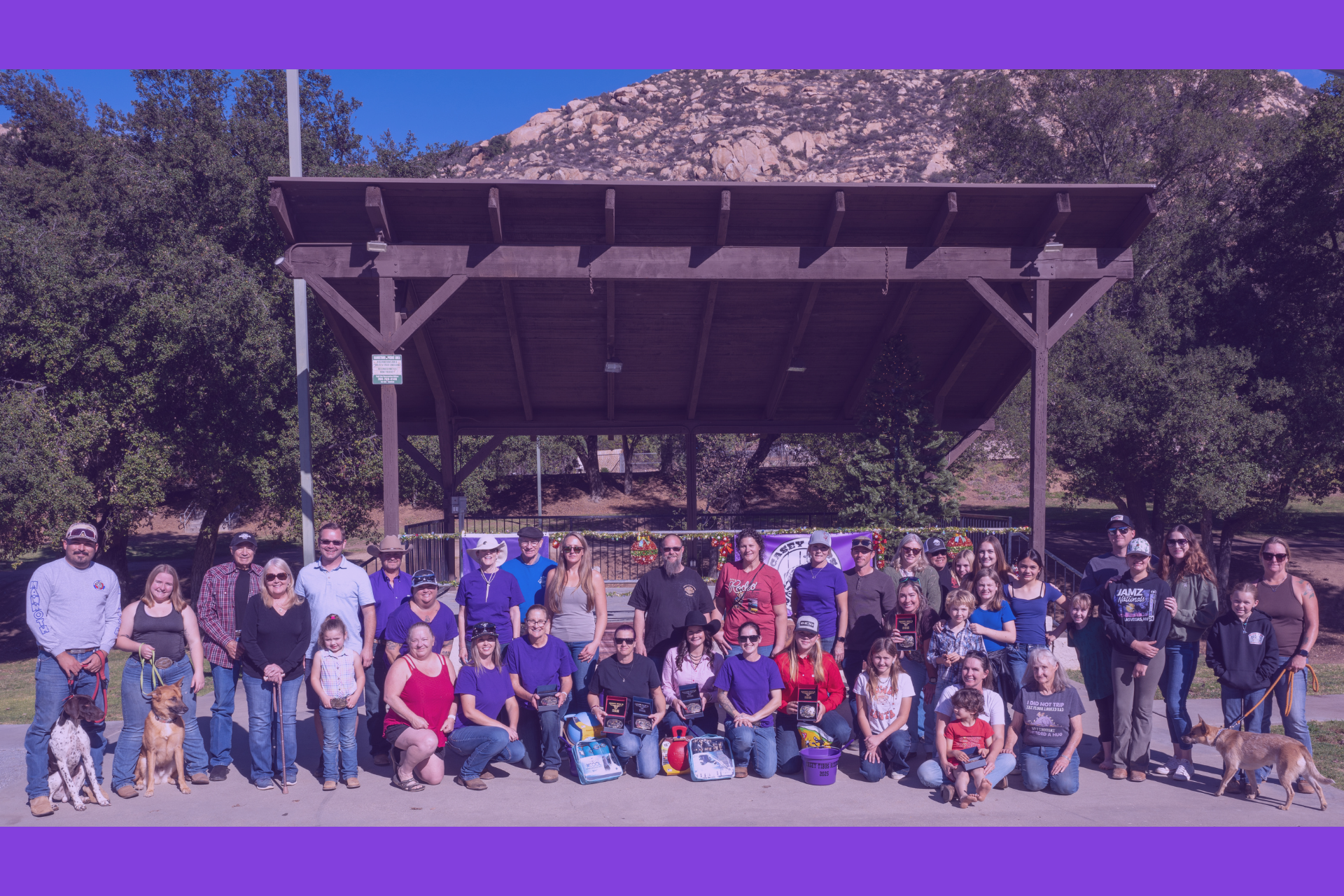Cal Fire Launches $12 Million Upgrade at Ramona Air Attack Base
Faster, larger tankers and modern crew housing will bring stronger wildfire protection in Ramona.
The Cal Fire Air Attack Base at Ramona Airport is set for a major $12 million upgrade, bringing long-anticipated improvements to firefighting operations in our region. Work is expected to begin in August and take 8 to 12 months to complete, officials announced in July.
Back in February, Cal Fire outlined the scope of work: a redesign of the fire retardant mixing and loading facilities, along with the construction of new crew barracks. Since then, state budget approval has secured funding, clearing the way for construction to move forward.
“Construction has begun, and crews are currently demolishing concrete from the old ramp where the aircraft park,” said Cal Fire San Diego County Fire Captain Robert Johnson. “Good progress is being made.”
Streamlined Retardant Loading
The heart of the project focuses on reconfiguring the existing loading pits to support both S-2T air tankers and the larger C-130 aircraft. Under the current setup, tankers must loop and back in to be resupplied—an awkward process that slows response times, particularly for larger planes.
The redesigned “pass-through” system will allow aircraft to taxi directly to the pits, reload quickly, and head straight back to the runway. This efficiency is expected to cut down delays and get tankers airborne faster during critical wildfire emergencies. The project also includes the replacement of crumbling concrete pavement installed in 2000, which has required repeated repairs and posed safety hazards for engines.
Arrival of C-130 Air Tanker
Once the upgrades are complete, Ramona will become home to one of Cal Fire’s new C-130H aircraft, recently transferred from the U.S. Coast Guard. These four-engine tankers can carry up to 4,000 gallons of fire retardant—more than three times the load of the S-2Ts currently stationed here. The enhanced capacity will make Ramona one of the most capable firefighting bases in the state.
Support for Fire Crews
The second part of the project involves building new barracks for Cal Fire’s flight and support crews. The 4,192-square-foot facility will include 12 beds, dining space, a sound wall for noise reduction, and additional parking. This will provide temporary housing during major fire events, improving readiness and response times.
Protecting San Diego Country Estates
For residents of San Diego Country Estates, located just minutes from the Ramona Air Attack Base, these improvements are especially significant. With neighborhoods surrounded by wildland and steep canyons, SDCE is among the communities most vulnerable to fast-moving wildfires. Having a modernized base in such close proximity means tankers can launch more quickly, drop larger amounts of retardant, and provide stronger frontline protection to homes and families in our community.
Maintaining Fire Protection During Construction
Despite the extensive work, Cal Fire says firefighting coverage will not be compromised. Two tankers will remain based at Ramona, and officials plan to double the number of aircraft initially dispatched to fires, since some planes will need to reload at a base in Riverside County. If needed, a temporary reload base at Brown Field Municipal Airport near the border can also be activated.
San Diego County will also continue to benefit from seven helicopters available through Cal Fire and partner agencies, including the county’s first night-flying helicopter, now stationed in Fallbrook.
Established in 1957, the Ramona Air Attack Base has long been a cornerstone of wildfire defense. With these upgrades, it will be equipped to meet today’s escalating fire challenges with greater speed, safety, and capacity.
Photo courtesy of Cal Fire.







